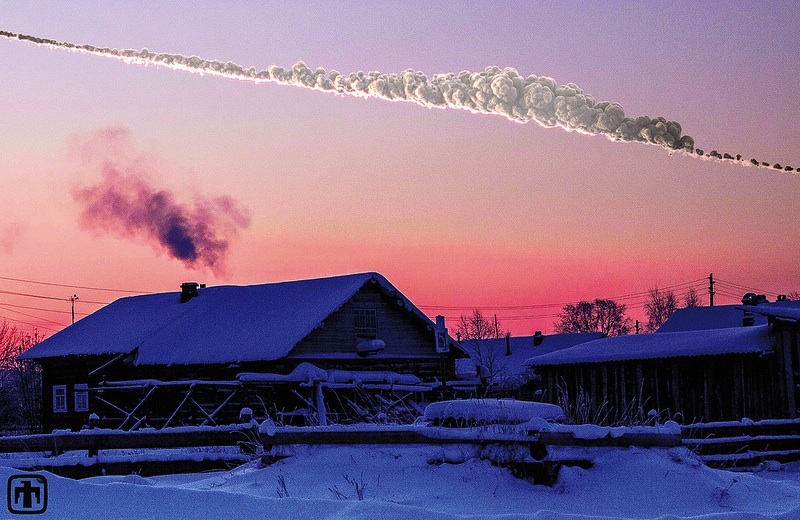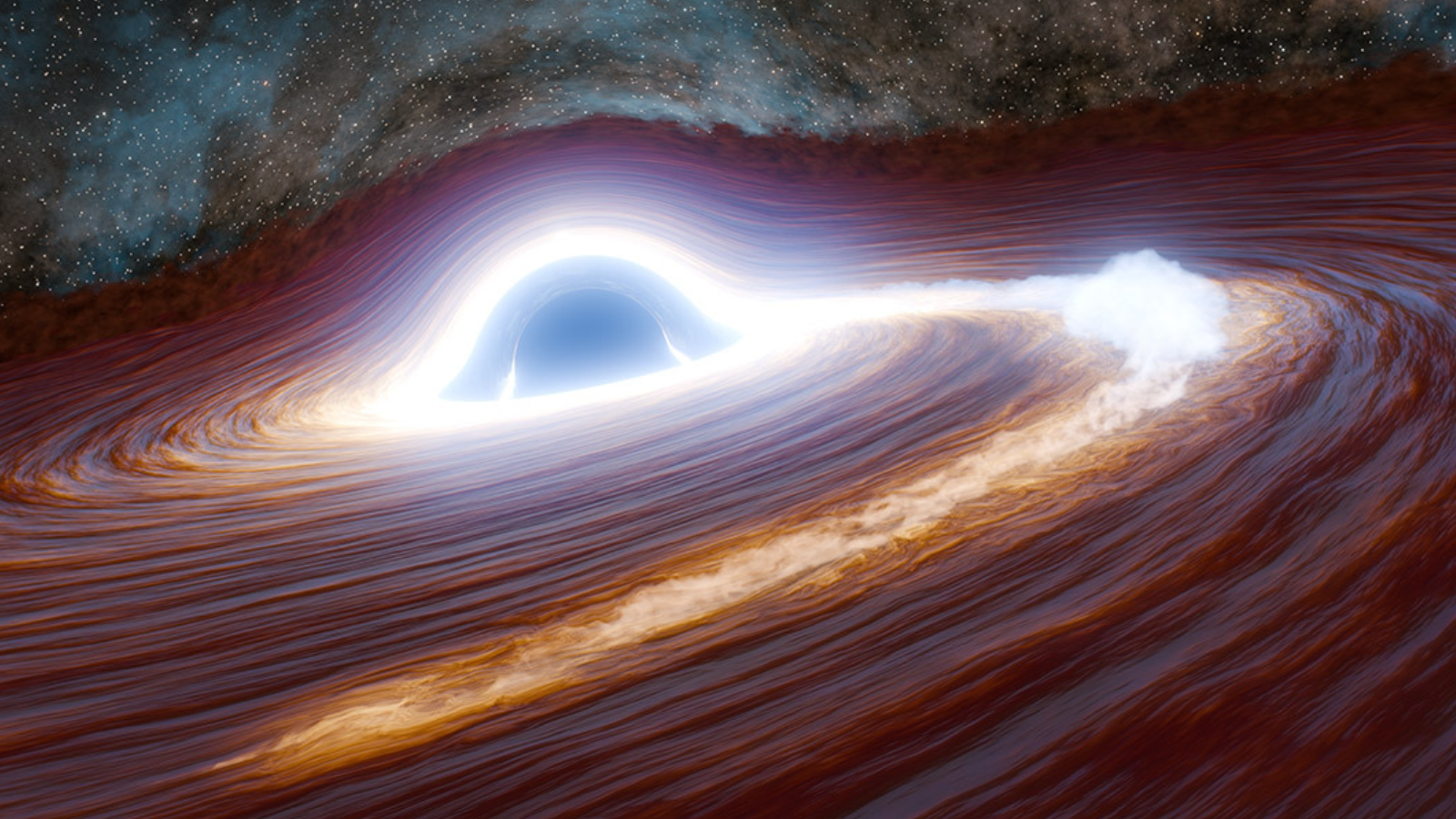Another Asteroid-Strike Danger: Thrill-Seeking Rubberneckers?

The opportunity to see a big space rock slam into our planet will likely prove too alluring for some brave and reckless souls to resist.
Whenever a massive asteroid lines a city up in its crosshairs — and it's just a matter of time before this happens if humanity doesn't take some defensive measures, experts stress — a few rubberneckers are bound to ignore evacuation orders and head toward the impact site to get an eyeful of a once-in-a-lifetime event.
"I think the emergency management folks really would have to worry about looky-lous and tourists and people who want to see it, because this would be one of the most spectacular natural events in human history — probably the most spectacular event, and predicted very precisely," said asteroid impact expert Mark Boslough of Sandia National Laboratories in New Mexico. [Potentially Dangerous Asteroids (Images)]
"So that would be a concern, and that's probably something that emergency management folks need to consider when they write their playbook of what they would do," Boslough said Thursday (June 5) during a webcast produced by the online Slooh community observatory that discussed the 1,100-foot-wide (335 meters) asteroid 2014 HQ2014, which some observers nicknamed "The Beast."
"The Beast" flew harmlessly by Earth on Sunday (June 8), missing us by 777,000 miles (1.25 million kilometers) — more than three times the distance between our planet and the moon.
While there was never any danger of an impact on this pass, 2014 HQ2014 would have done serious damage if it had slammed into a populated area. The asteroid could have destroyed an entire city, Boslough said, creating a crater 3 miles (5 km) wide and breaking windows 62 miles (100 km) from the impact site.
Radar observations as "The Beast" got closer would have enabled researchers to predict its impact location to within 0.6 miles (1 km) and its impact time to within 1 second, he added. This information, of course, would be of great interest to emergency-management personnel and rubberneckers alike.
Breaking space news, the latest updates on rocket launches, skywatching events and more!
Millions of asteroids zoom through space in Earth's neighborhood. They have hit the planet from time to time throughout its history, sometimes with devastating results. An impact by a 6-mile-wide (10 km) object, for example, is thought to have wiped out the dinosaurs 65 million years ago.
Another strike by such a behemoth is not in the offing anytime soon. Astronomers have found more than 95 percent of near-Earth asteroids at least 0.6 miles (1 km) wide, which could end civilization if they hit Earth, and none pose an immediate threat.
But the numbers get more unsettling as the asteroids get smaller. Researchers have found less than 30 percent of the space rocks out there at least 330 feet (100 m) wide, for example, and less than 1 percent of 130-foot (40 m) asteroids.
Such objects can do considerable damage on a local scale. A rock though to be about 130 feet wide exploded above the Podkamennaya Tunguska River in Siberia in 1908, flattening 770 square miles (2,000 square km) of forest.
If humanity finds a potentially hazardous object with enough lead time — preferably years to decades —the danger could be defused with a deflection mission, scientists say. A "gravity tractor" probe could be launched to meet up with the space rock, for example, nudging it off course over time via a slight but persistent gravitational tug.
Follow Mike Wall on Twitter @michaeldwall and Google+. Follow us @Spacedotcom, Facebook or Google+. Originally published on Space.com.
Join our Space Forums to keep talking space on the latest missions, night sky and more! And if you have a news tip, correction or comment, let us know at: community@space.com.

Michael Wall is a Senior Space Writer with Space.com and joined the team in 2010. He primarily covers exoplanets, spaceflight and military space, but has been known to dabble in the space art beat. His book about the search for alien life, "Out There," was published on Nov. 13, 2018. Before becoming a science writer, Michael worked as a herpetologist and wildlife biologist. He has a Ph.D. in evolutionary biology from the University of Sydney, Australia, a bachelor's degree from the University of Arizona, and a graduate certificate in science writing from the University of California, Santa Cruz. To find out what his latest project is, you can follow Michael on Twitter.



